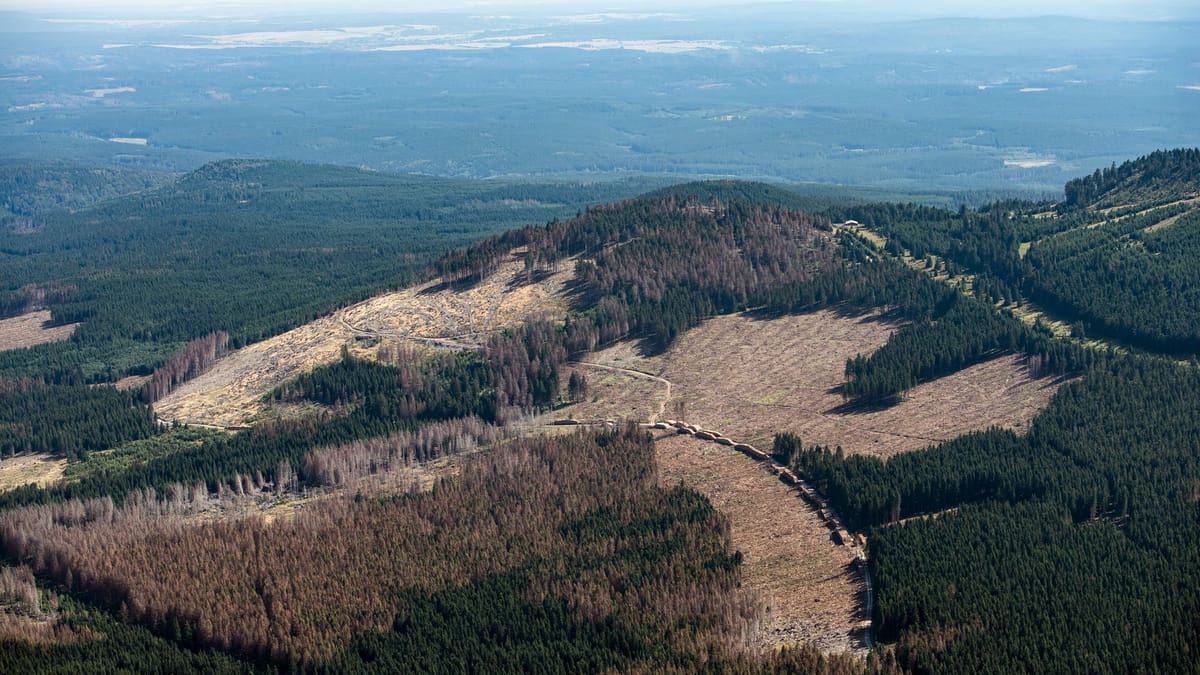
The key message in it is: “The national and international water policy must adapt to progressive and accelerated changes in the global water cycle and react quickly and comprehensively.” Regional waters have achieved a new quality beyond the human experience spectrum. The German expert committee warns that it is now about keeping them in a framework that is still manageable. This requires serious and profound transformations, the gradual gradual adaptation measures so far would no longer be sufficient. The report gives specific recommendations for action how exactly these changes should look like.
According to the professor of ecoydrology, Dörte Tetzlaff, the most urgent step is to ensure that water is kept in the landscape longer. Tetzlaff works at the Humboldt University in Berlin and heads a working group at the Leibniz Institute for water ecology and internal fishing, which researches how and how long water can be stored and released in landscapes. The “mirror” she told: “If rivers and streams have space to step on the shore, water seeps into the bottom of these meadows and is saved there, and bogs are also suitable. We actually have good water storage there, we only destroyed them by straightening rivers or drying.”
In order to be able to use land, operate agriculture and to be able to create settlements, man has shaped nature in the past so that water is targeted. An estimated more than 80 percent of the global wetlands have been lost since the pre -industrial period, and the remaining areas are largely impaired. To turn back to reversal would have to be tackled in the long term and fundamentally. At the moment it is reacted to a short time. In dry phases, for example, to forbid, wash or water cars, compare Tetzlaff with a mini pavement on an amputated leg.










